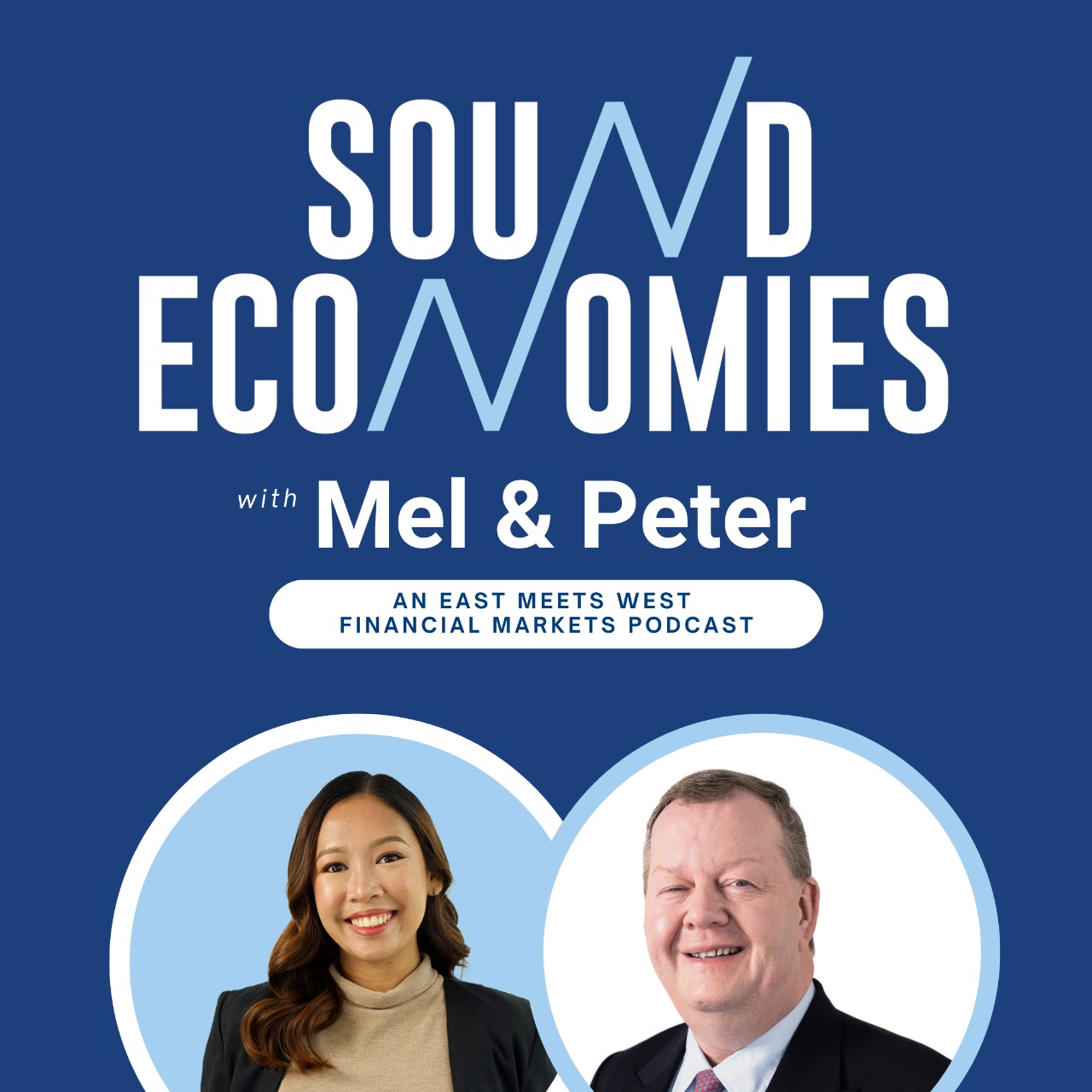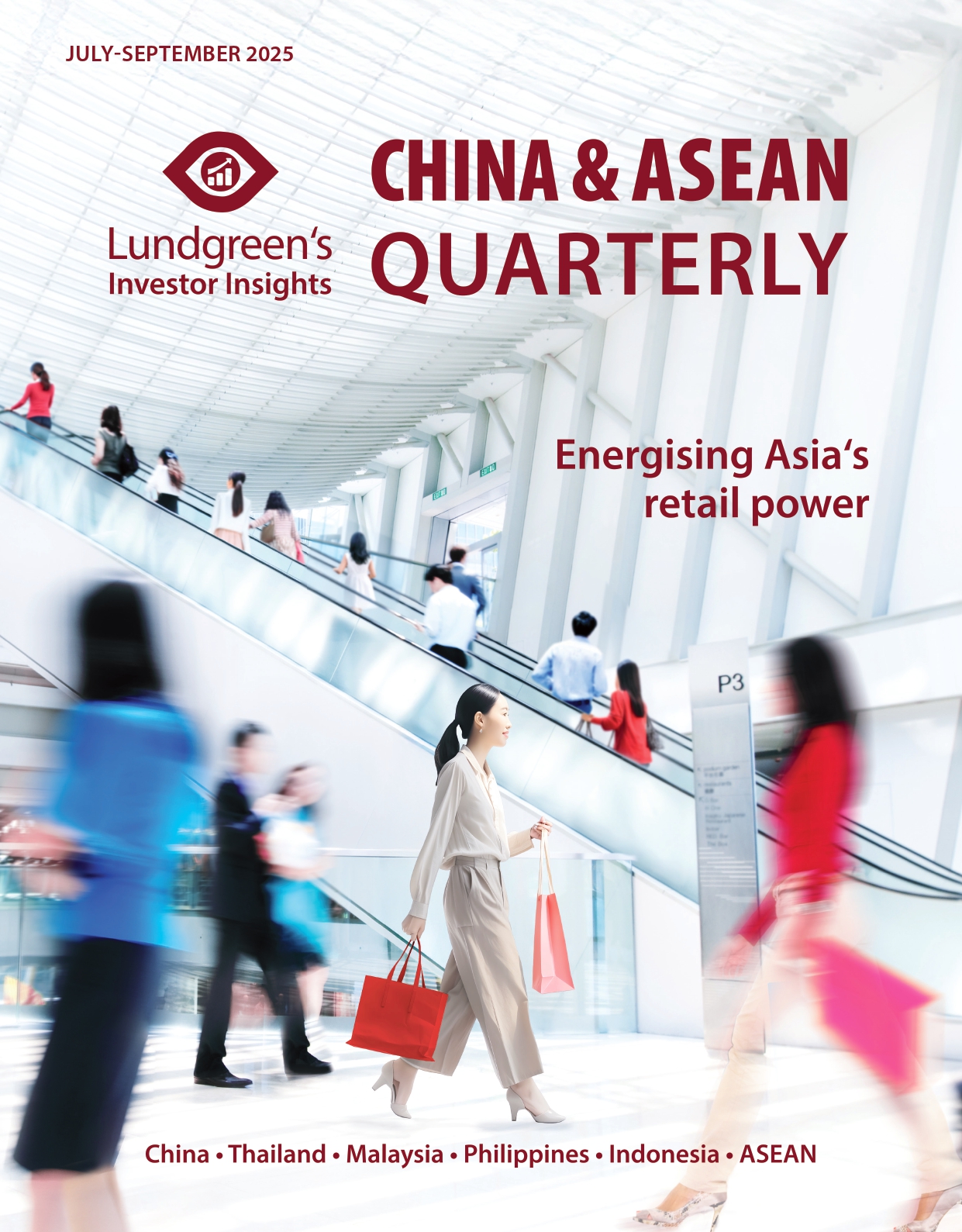Investments in Defence: Our breakthroughs in the first 15 months
Lundgreen’s Capital A/S is an investment house established in 2009 and supervised by the Danish Financial Supervisory Authority. Among many of its growth efforts, the company established a number of successful alternative investment funds over the years, the latest being Lundgreen’s Invest – High-Tech Defence Fund established in March 2024. In this interview with Lundgreen’s Investor Insights (LII), Founding CEO Peter Lundgreen gives an in-depth interview on his experience with investments in defence companies.
LII: Hi Peter, can you give us a brief overview of Lundgreen’s Invest and the High-Tech Defence Fund?
Peter: Lundgreen’s Invest is our combined brand for one listed investment fund and five alternative investment funds (AIFs). Three of these five investment funds are currently closed to new capital inflows as they have already fulfilled their special financing purpose.
We actively manage the listed investment fund, which in April received a prestigious award for the fund’s five-year return. In addition, we have two open-ended AIFs, both of which target growth companies.
Our defence fund started in March 2024, primarily aimed at young growth companies that develop high-tech products and solutions used in the defence industry. These products can, of course, also be used by civilians in so-called “dual use” cases.
LII: Does Lundgreen’s defence fund invest in the production of weapons and ammunition?
Peter: Lundgreen’s defence fund does not invest in the production of weapons and ammunition. The primary reason is our expectations for the defense industry over the next 10 years. Currently, there is an additional need for ammunition and certain weapon systems, and we also recognize that there will be a need to rebuild ammunition stocks in the foreseeable future. When these extraordinary demands are met, future conflicts and wars will impact demand and sales of ammunition and weapons. These have a high degree of correlation.
It is our opinion that high-tech war has already been raging for a long time, and it will accelerate for many years to come. We therefore assess that the high-tech sector within the defence industry is the most interesting place to be for investors.
LII: How easy is it to find the investments that you prefer?
Peter: We’ve made a good start with a very interesting portfolio of approximately 10 investments, which delivered a good value increase last year with the prospect of at least as good a development this year. It’s not necessarily easy, and we’ve noticed that several other initiatives for new funds were abandoned early in the idea phase.
Our assessment is that one must be critical when presented with investment opportunities. We have chosen to let the quality of the investments speak for themselves over growing the fund as much as it can. Right now, the fund is open to new investors, but only to a limited number. It is my expectation that our defence fund will expand to more European countries in the foreseeable future in terms of both investors and investments.

LII: Given your focus on high technology, are there certain areas within this segment that you also consider attractive to investors?
Peter: Yes, one example is drone technology, which is already quite widespread. Some drone companies are showing strong results right now and there will be an extensive need for drones in the future. Conversely, the marketplace also seems crowded.
However, I am concerned about the pricing of the products in the future. An example is the extensive Ukrainian drone attack on Russian military bases last 1 June. It is assumed that the 117 drones used by Ukraine for the attacks were a further development of the “Osa” model from the Ukrainian manufacturer First Contact, a drone with a purchase price of less than EUR 1,000 (USD 1,140) per unit. The software behind this operation was ArduPilot, an open-source software that’s freely available to everyone online. This shows how cheaply you can carry out a major attack, which in itself is thought-provoking, but is definitely a challenge for investors who are investing in drone companies.
LII: How do you see the investment market within defence today?
Peter: In my 40 years in the international financial markets, I can’t point to a comparable situation. These are enormous investments that must be channeled into the defence sector, so the number of mutual investment funds and ETFs that contain defence companies has naturally increased. But actually, it is the same set of listed companies that all these funds invest into.
My assessment is that it will take 10 years’ worth of initial public offerings (IPOs) for new defence companies to satisfy the demand for listed defence companies. As an investor, one should be aware of how much genuine “defence” business activity there really is in mutual investment funds and ETFs in the market.

Lundgreen’s Invest has chosen to offer an AIF where investors get pure exposure to defence companies and where investors participate in the companies’ value growth until it reaches stock market listing or a strategic sale. These are usually investments in unlisted startup companies – we have a lot of experience here, and we are comfortable making this kind of investment.
LII: Peter, you’ve highlighted what Lundgreen’s Invest offers to investors in your defence fund, but an AIF means a minimum investment amount, poorer liquidity in the investment, and a heavier cost structure when compared to mutual investment funds and ETFs – how do you view that?
Peter: The allocations to a mutual investment fund and to an AIF should be very different. Mutual funds and ETFs invest in the most mature companies – usually, the listed companies. There will still be growth potential but at a lower gear, and there is a smaller risk of loss and lower costs. A mutual fund/ETF remains liquid for the investor, which is an important factor.
In Denmark, there’s a legal requirement that investments in AIFs must be a minimum DKK 750,000/EUR 100,000. This is a limitation, but the AIF should also offer an exposure to an asset class that a mutual investment fund cannot offer. Our defence fund offers investments in unlisted defence companies, an asset class that should provide an average return of around 20 per cent annually to investors. We have chosen to offer low costs compared to many other AIFs, with fixed annual costs of 1.50 per cent and a lower performance fee than most, given that there are various costs associated in managing investments in relatively young and unlisted growth companies.
LII: Have you made other observations regarding investments in defence companies that you can share with investors?
Peter: I believe I do. The first thing that struck me was how the sales of defence companies are carried out. It seems like a highly network-based transaction where personal relationships are incredibly important. However, sales must also comply with public procurement rules.
The sale, especially across borders, requires a lot of documentation and comes with heavy compliance rules. Another unique phenomenon is that key employees often require security clearances from a national security service. If an investor wants to invest directly in defence companies, these are extra elements that I recommend taking into consideration relative to normal investments in young growth companies.
Lundgreen’s Investor Insights is an independent brand owned by Lundgreen’s Capital A/S. All content produced by Lundgreen’s Investor Insights is subject to an internal Code of Conduct, which can be found on our website.
Founding CEO Peter Lundgreen represents Lundgreen’s Capital A/S, which has a commercial interest in increasing the number of investors in the investment funds that the company offers. This interview took place as a virtual meeting. The translation was done using “DeepL” and subsequently edited by LII.






